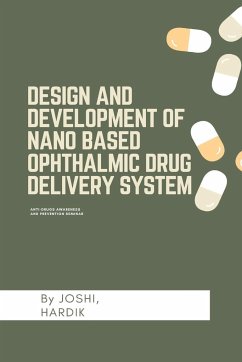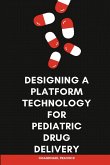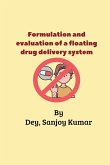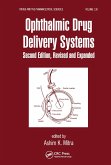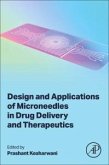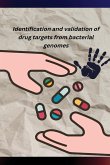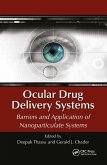Eye as a target for the drug delivery systems presents some unique challenges owing to its physiologic and anatomical characteristics. Systemic administration of drugs for ocular effect necessitates large doses to achieve sufficient concentration in the ocular tissues, leading to unwanted side effects. Though it is more convenient to administer the drugs directly into the exterior cu de sac of the eye, this approach suffers from poor residence time and consequently limited corneal permeation. Prednisolone acetate (PA) is a topical anti-inflammatory agent used in the treatment of steroid-responsive inflammation of palpebral and bulbar conjunctiva, cornea and anterior segments of the globe. PA is available as microfine suspension owing to its aqueous insolubility. Suspensions are known to be inherently physically unstable, and the dose-to-dose uniformity is patient-dependant. Therefore, the aim of the present study was to formulate nanoemulsion and liposomes of PA for ophthalmic drug delivery which would overcome the problems associated with eye drops in general and suspensions in particular. Nanoemulsion was prepared using De novo emulsion approach. Solubility studies using saturation shake-flask method were carried out to identify suitable oil and surfactant for the preparation of nanoemulsion. Process variables for microfluidization were optimized using a three-level, three-factor Box-Behnken design. Nanoemulsion was evaluated for drug content, globule size, pH, osmolality, zeta potential, viscosity, surface morphology, and in-vitro drug release. The viscosity of the optimized nanoemulsion was adjusted between 15 cps and 25 cps using a suitable polymer. The critical quality attributes like viscosity and osmolality of different polymers like chitosan, carbomer 974P and polycarbophil were evaluated for this purpose. The developed viscous nanoemulsion was characterized for drug content, globule size, pH, osmolality, zeta potential, viscosity, rheology, sedimentation study, surface morphology and in-vitro drug release.
Bitte wählen Sie Ihr Anliegen aus.
Rechnungen
Retourenschein anfordern
Bestellstatus
Storno

